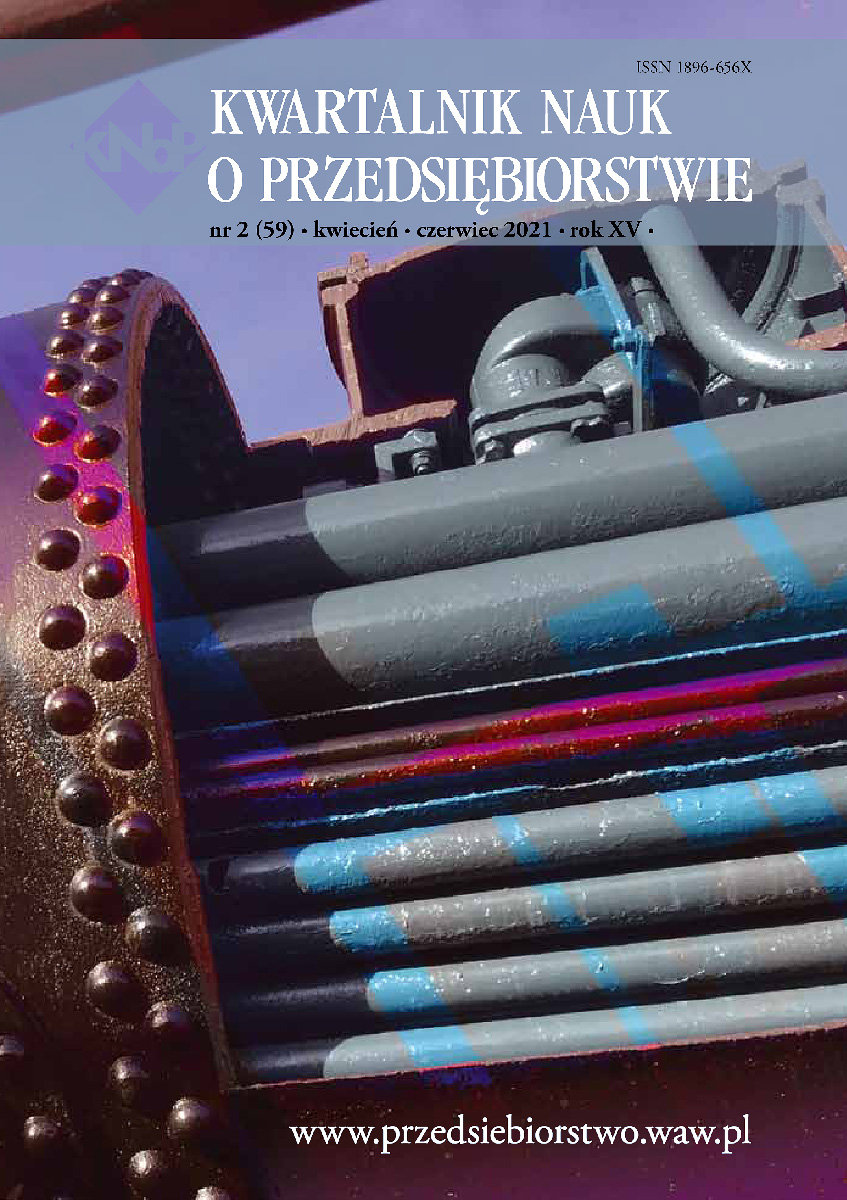Dynamiczna koncepcja przewag komparatywnych
Dynamic concept of comparative advantages
Author(s): Andrzej SopoćkoSubject(s): Economic development, Socio-Economic Research
Published by: Szkoła Główna Handlowa w Warszawie
Keywords: system; balance; economic game
Summary/Abstract: The diversity of development levels of various countries cannot be justified by better natural conditions. The so-called paradise islands are not its leaders, while some countries having difficult natural conditions (Scandinavia, Japan) are among the civilisation leaders of the world. However, as it turns out, the implementation of solutions selected from there brings limited success. Historically, this is a new situation. The assembly line production from Ford’s factories was used effectively around the world, so were fast-food chains or containers in transport. Today, however, it is difficult to find such spectacular examples. This may surprise, as, still, there are significant differences in the efficiency of the economies of individual countries. In Europe, the gap between North and South does not decrease, and the United States and Mexico are far apart in this respect. And yet, with few exceptions, almost all economies are now open to the goods that are proven solutions. Even if everything cannot be transformed quickly according to the best models, progress should be achieved gradually by adapting individual elements of the economy in question along the lines of the best solutions, for example, used by the neighbouring countries. In this way, the development gap would slowly narrow down, or at least it would not widen. Yet, this method does not yield significant results. The reason seems to be the increasing integration and complexity of national manufacturing systems. This can be seen above all in the attempts to adapt foreign pro-innovation systems. Does this mean that such an implementation is not possible at all? Well, no. While it is ineffective to adapt the environment from above, it can be successful in triggering a process of self-adaptation that goes deep into the whole system. But it is a difficult operation, requiring a non-traditional (non-static) system approach.
Journal: Kwartalnik Nauk o Przedsiębiorstwie
- Issue Year: 59/2021
- Issue No: 2
- Page Range: 4-17
- Page Count: 14
- Language: Polish

